2. Many Hats of a Designer
Back in the day, a website designer was a person who designed, coded, and launched the website online. But there weren’t any web applications back then, and design was pretty limited to just what you could create within a table-based layout in HTML.
It’s a different world now. As you learned in the previous lesson, the value of design has changed and so have the requirements for the jobs.
While it’s hard to be a jack-of-all-trades and keep up with all new stuff, it can be risky to specialize in just one thing as well. It’s all changing very fast and there will soon be new roles that we don’t even know about yet.
If you’re just starting with design it’s a good idea to experiment and try different roles to see what you like the most. If you’re already a good user interface designer, it might be worth exploring some aspects of user experience or product design to expand your expertise and bring more value to your work.
I always thought that I would become more of a specialist as I acquired more experience in design, but it actually feels like quite the opposite. All of the different projects and people I worked with taught me something else in each field of design. The more I designed, the more I become a generalist with some main specializations.
This type of method can work really well because you can use all of that knowledge to create a higher quality of work and better communicate with different departments of a larger team.
For example, you may need to talk to marketers to understand the user needs, and then talk to developers and be able to understand all of the constraints of their framework and, finally, design an interface that works for both.
Below I listed all of the different roles associated with web design. You can see where you are right now and which of these sound more interesting and worth exploring. All of these roles blend together and there are no clear distinctions between them.
Graphic Designer
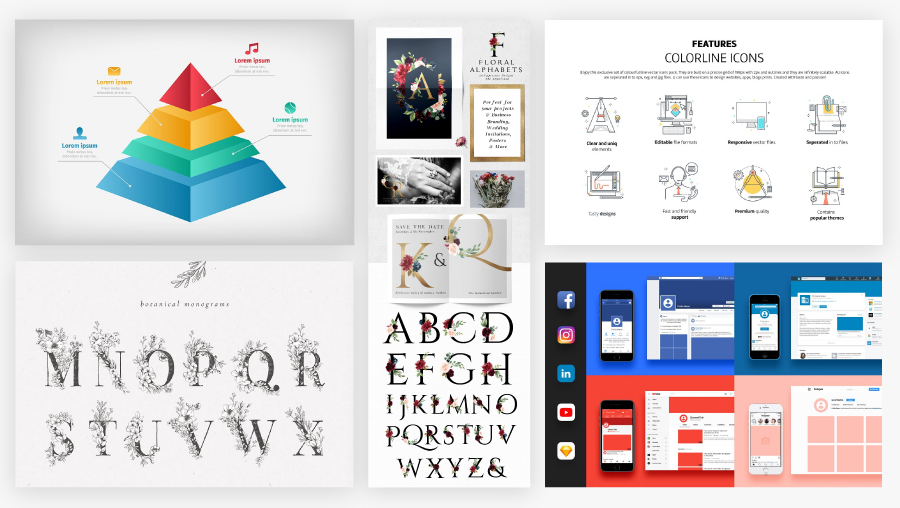
A graphic designer is a very broad title and it used to cover all of the rest of the listed roles. For many people outside the industry, any UI/UX designer, web designer or brand designer is just a “graphic designer.” So, if you want to avoid explaining what you do at your next family party, just say you’re a graphic designer.
From a web design perspective, we consider a graphic designer as someone who creates static 2D digital graphics and images that could be used as web design assets.
Visual Designer
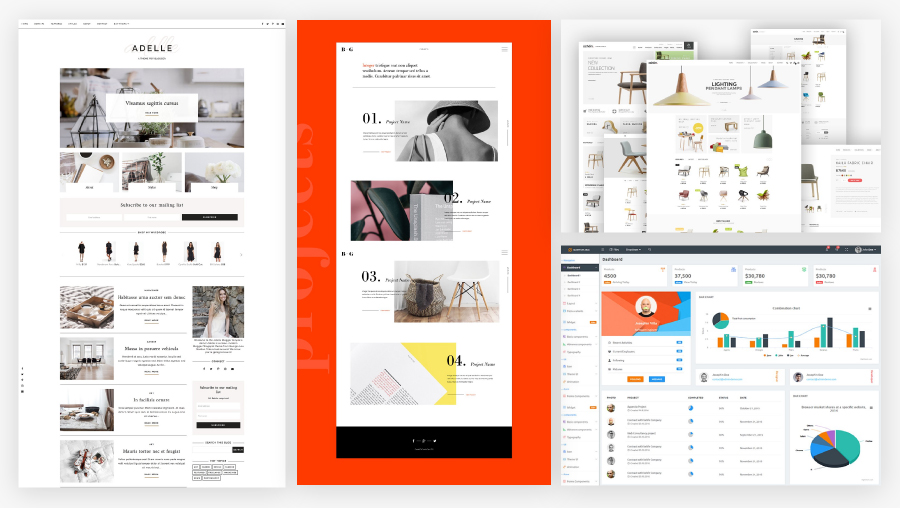
Visual design is one of the main topics of these courses. It covers everything around creating a visual experience for the users. It’s about using layout, colors, typography, UI elements, images, and other elements in order to create aesthetic, appealing, and functional designs.
In web design, if you already have brand guidelines, sitemaps, wireframes, and strategy, it can all be sent to a visual designer who puts it all together and creates website mockups.
Most of us usually start as visual designers and then we keep refining our craft while learning other fields like user experience and website content strategy.
Brand Designer
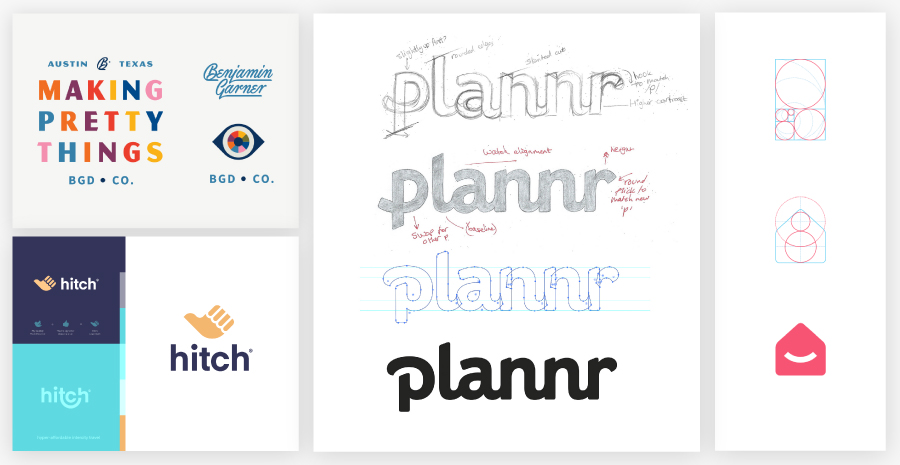
A brand designer is responsible for creating an identity for a product, service, or entire company. It includes creating a branding strategy and all of the visual elements like a logo, colors, typography, imagery, and a style guideline.
Sometimes brand designers are hired only to create guidelines that should be followed by other designers when designing print materials, marketing graphics, websites, or products.
We’ll touch on some of these subjects when we talk about choosing your own color palette and typography to build your web style guide.
User Interface (UI) Designer
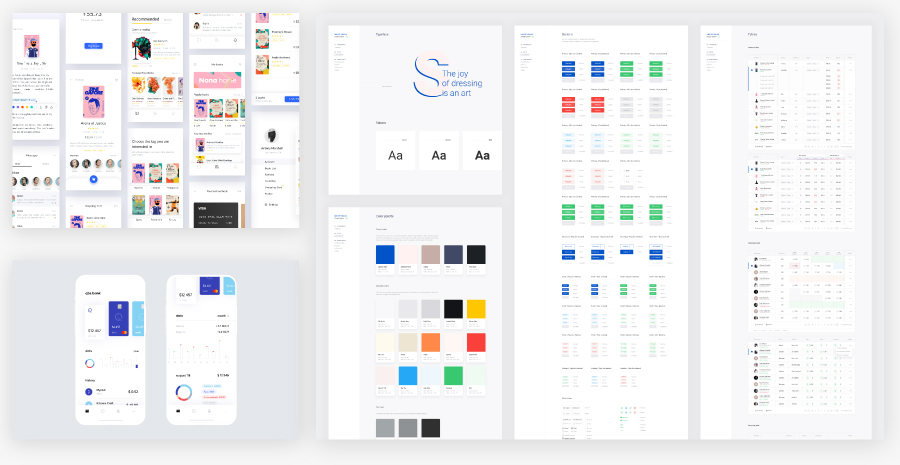
Whenever there is a need for human interaction with software, there is a user interface. User interface designers create visual mockups of what that interaction and experience should look like.
The visual mockups usually come with a style guide with all of the interface elements in different states (static, hover, active, disabled) like buttons, input fields, icons, messages, tables, charts, and other app components.
User Experience (UX) Designer
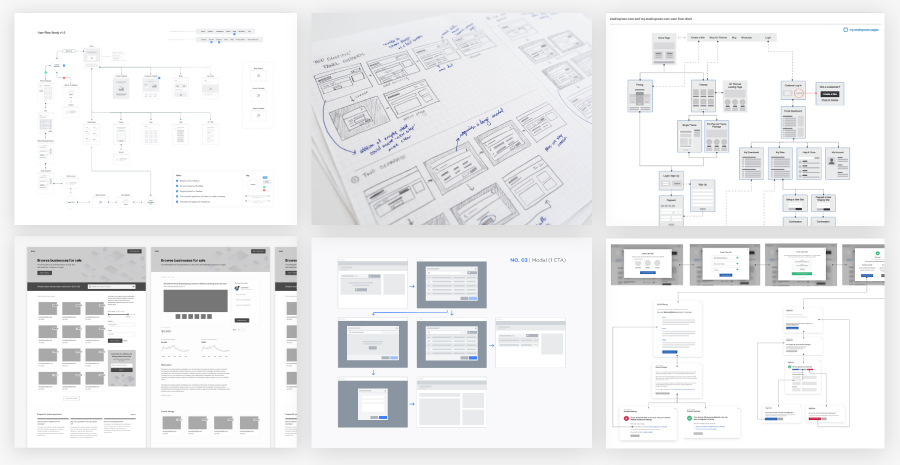
Even though user experience design has been practiced for some time already, it wasn’t that long ago when it got its own role in the digital product design process.
UX designers take care of the entire product interaction from the user’s perspective and makes sure it’s as easy and pleasurable as possible while helping to solve their problems and reach their goals.
User experience work is more about user research, interviewing customers, defining problems, finding solutions, drawing user flows, and wireframes.
A good UX designer should also have some knowledge of user behavior, design, development, marketing, and even business. We’ll talk more about UX for websites in one of the future courses in this Design Class.
Web Designer
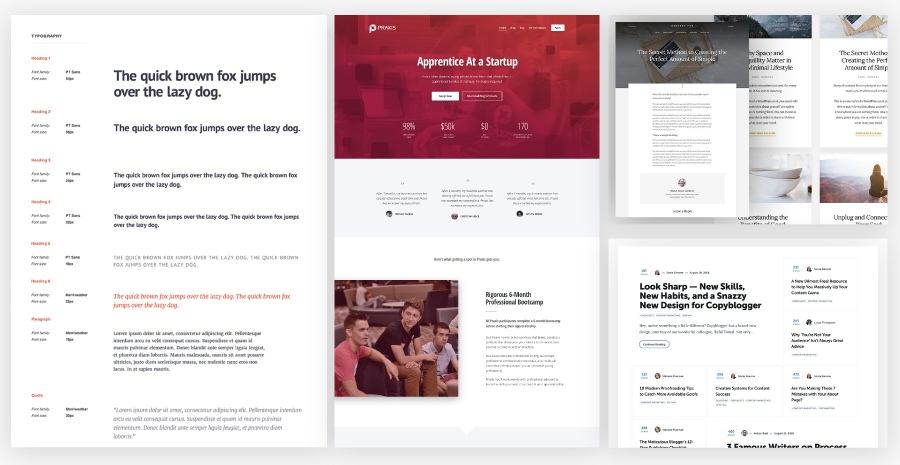
After completing all of these Design Class courses, you’ll know almost everything that a web designer needs to know.
Web design involves a mix of all different roles. While a typical web designer is focused on designing page mockups, most of the modern websites have some sort of interfaces and various functionalities that also require UI and UX skills.
Bigger and more complicated websites also need a solid content strategy, wireframes, sitemaps, and information architecture designed before any mockups can be created. It often falls under the role of a web designer.
Web designers don’t need to know how to code and can send their designs to a web developer who can then turn it into a working website.
However, it’s worth at least understanding how the code works, so they can do their work better. We’ll talk about whether designers should code in the next lesson.
Unicorn Designer
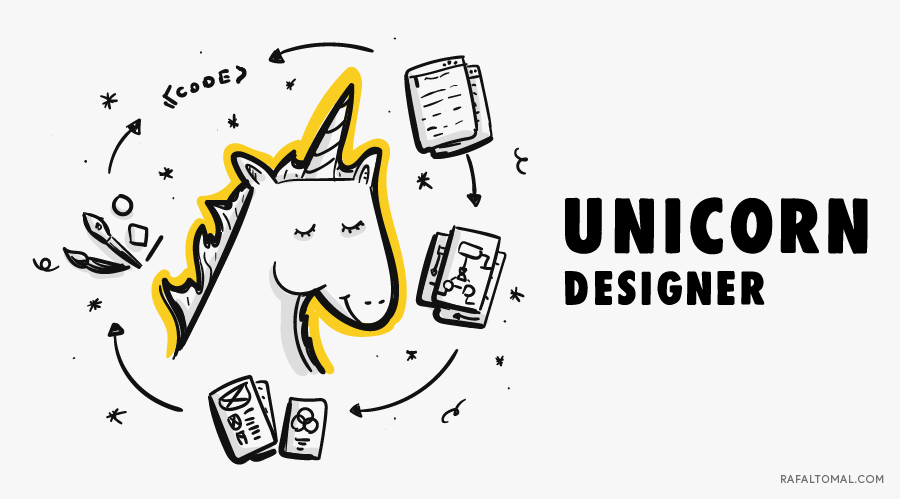
Ok, that’s not a real design job title, but more of an inside joke among tech startups. It’s a multidisciplinary designer with a wide range of all skills like visual design, UI/UX, interaction design, product design, and who can code it all as well.
It’s such a rare and hard to imagine occurrence of anyone being able to do it all that it got this mythical name of “unicorn.”
Should your goal be to become a unicorn? Of course not! Even if you were able to master some of the above mentioned skills, it would be extremely hard to keep up with all of the new information and changes to stay in the game.
It all depends on what you’re trying to achieve and what you like doing. If you hate coding, you shouldn’t force yourself to do it, because you’ll probably run out of motivation and your code won’t be good. If you like to both design and code and the level you’re doing it at covers your needs, then why not!
—
Learning design can be overwhelming these days. This field is growing so fast and new roles emerge all the time — like augmented reality designers and 3D print designers.
Your goal should be not to learn a lot of everything, but learn smart and stay focused on what it is that you really want to do. If you want to design for the web (websites, web applications, web tools, etc.), your main focus should be visual and UI/UX design.
It’s OK to feel overwhelmed. In this Design Class, I curated the most essential knowledge for you, so you can learn just enough of everything in this field that is required to design beautiful and effective websites for yourself or your clients.
Nothing more, nothing less.
Leave a Reply